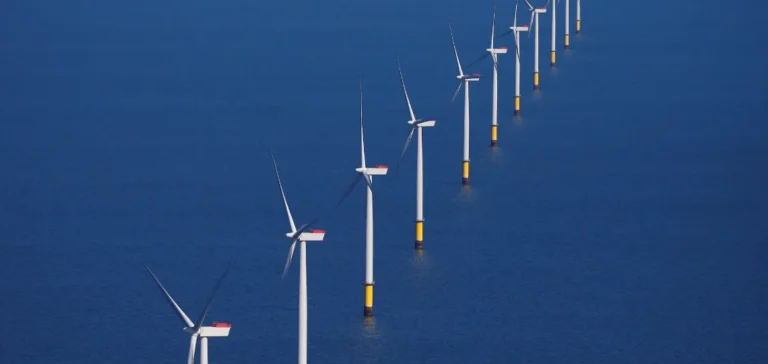Two industrial groups have officially submitted their bids for offshore sites in the tender launched by Norway’s Ministry of Energy for floating wind in the Utsira Nord area. The first consortium, named Harald Hårfagre, is a joint venture between Deep Wind Offshore and EDF Renewables. The second brings together Equinor and Vårgrønn, which have been collaborating on the project since 2021.
Three 500 MW sites available
The tender, opened in May, offers three sites, each with a planned capacity of 500 megawatts. Authorities require no financial commitments or fees at the site allocation stage. The Ministry of Energy plans to announce the results of this first phase in the first half of 2026.
The process is structured in two stages: initial site allocation, followed by a separate competition for state aid. Between these phases, a maturation period will allow bidders to refine their projects before applying for financial support.
Qualitative criteria and technology maturity
Initial selection is based on a qualitative assessment, including cost level, feasibility, technology development, and economic impact. Only the developers with the most mature and viable projects will gain access to the sites.
The state aid competition is expected in 2028 or 2029. To participate, bidders must submit a licence application and provide a bank guarantee. The auction will only take place if at least two applicants meet the eligibility conditions.
Aid ceiling set at NOK35bn
Public support will go to the developer requesting the lowest amount of aid needed to realise the project. The aid cap is set at NOK35bn ( $3.23bn), and only projects close to 500 MW will be considered. Developers not selected for public support may apply to extend their exclusive rights to the allocated areas under the Norwegian Offshore Energy Act.
The consortium formed by Equinor and Vårgrønn is basing its offer on the Hywind concept developed by Equinor, already deployed at other locations.






















